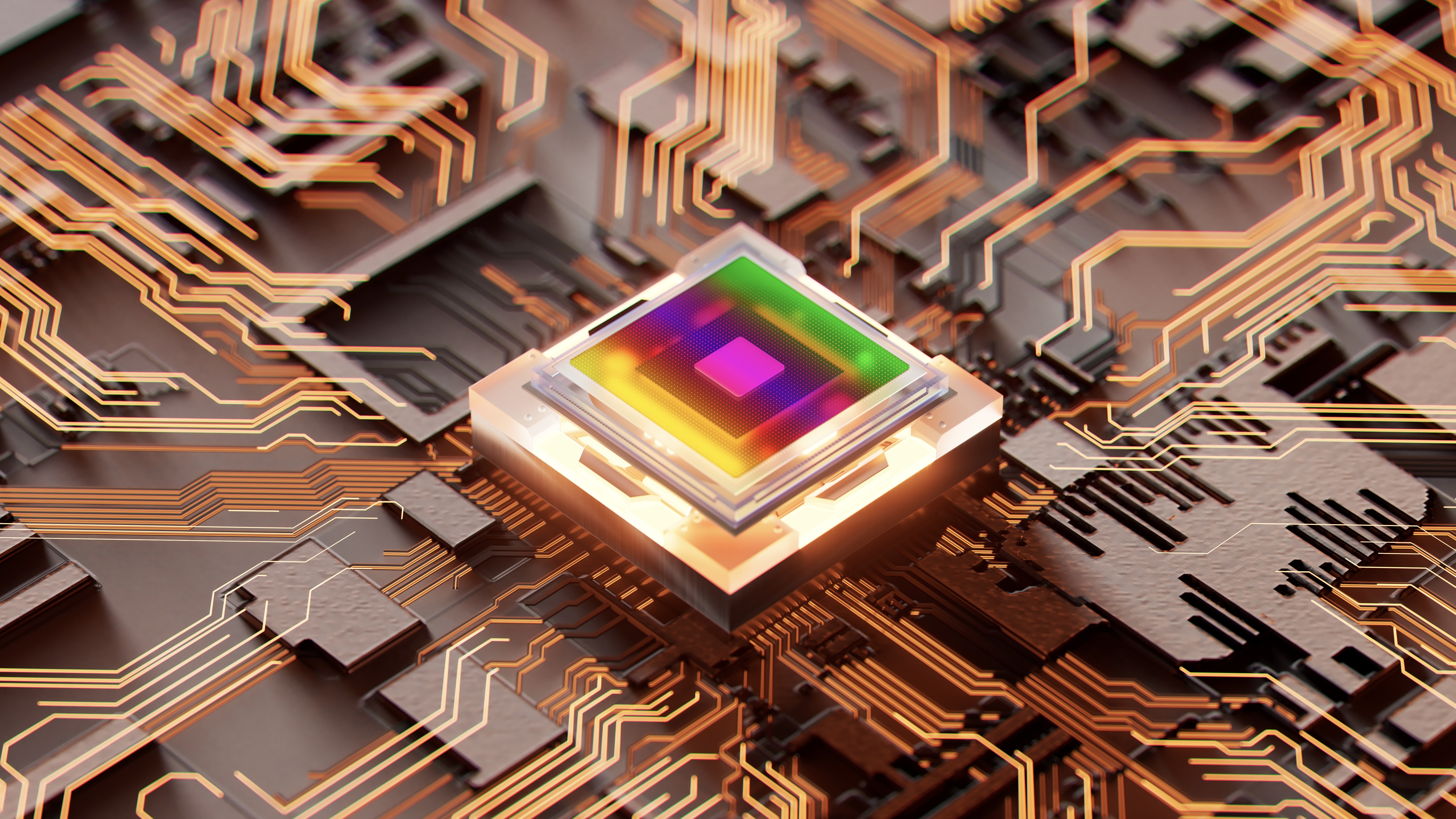What is a quantum processing unit (QPU)?
At the core of a quantum computer is the quantum processor, but these technologies are vastly different from the CPUs found in conventional computers.

One of the core components of a quantum computer is the quantum processing unit (QPU) or quantum processor. Instead of binary bits used in classical computing, quantum computers use quantum bits – or qubits for short. These qubits are subatomic particles that can use the properties of quantum mechanics to represent and process vast amounts of data.
A quantum processor manipulates qubits in order to complete tasks. It is akin to a conventional computer's central processing unit (CPU), which performs calculations using the information held in binary bits – the 1s and 0s of data.
Unlike classical processors, quantum processors use quantum logic gates (or quantum gates) to manipulate qubits and perform calculations. Quantum gates are inherently different from binary logic gates, as they are designed to take advantage of the weird properties of quantum physics. The bizarre rules of the quantum world enable quantum computers to carry out calculations in a mere fraction of the time that it would take normal binary computers.
As the technology is still in its infancy, there is currently no standard architecture or approach to developing a quantum processor, and one quantum processor may operate in a completely different way from another. Because of these differing architectures, it can be hard to compare the capabilities of different types of quantum processors.
How do quantum processors work?
The development of quantum processors still faces significant practical challenges. To be effective and accurate, quantum processors must also maintain qubit stability and have viable error correction systems in place. Both elements are essential for developing quantum computers capable of performing large-scale calculations accurately.
Part of the problem, however, is that qubits are inherently fragile and can be affected by a variety of external environmental conditions. A stable qubit state, which is essential for accuracy, is often (but not exclusively) achieved by using high-powered magnetic fields or by freezing the qubits to near absolute zero.
There are also ongoing investigations into a variety of technologies that can detect unwanted changes in the qubit states, alongside those that correct or compensate for external interferences.
These technical challenges make quantum processors incredibly delicate technologies that are sensitive to the slightest external interference. Even tiny vibrations can disrupt a quantum processor from successfully completing task, meaning they are not yet suitable for applications outside of a laboratory environment.
Classical algorithms can’t be used in quantum physics, so quantum processors use quantum algorithms that enable them to execute code differently. The unique nature of quantum algorithms allows them to take advantage of the quantum properties and process data at a faster rate.
Although quantum processors are able to perform computations too complex for today’s most powerful supercomputers, they are not able to solve undecidable problems such as anything that is fundamentally unsolvable.
The development of quantum processing units is akin to the early evolution of conventional CPUs. Although there are a variety of quantum processor unit architectures, these are likely to become unified into a single standard design as the technology is refined and improved in the coming years.
Sign up for the Live Science daily newsletter now
Get the world’s most fascinating discoveries delivered straight to your inbox.
Peter is a degree-qualified engineer and experienced freelance journalist, specializing in science, technology and culture. He writes for a variety of publications, including the BBC, Computer Weekly, IT Pro, the Guardian and the Independent. He has worked as a technology journalist for over ten years. Peter has a degree in computer-aided engineering from Sheffield Hallam University. He has worked in both the engineering and architecture sectors, with various companies, including Rolls-Royce and Arup.











